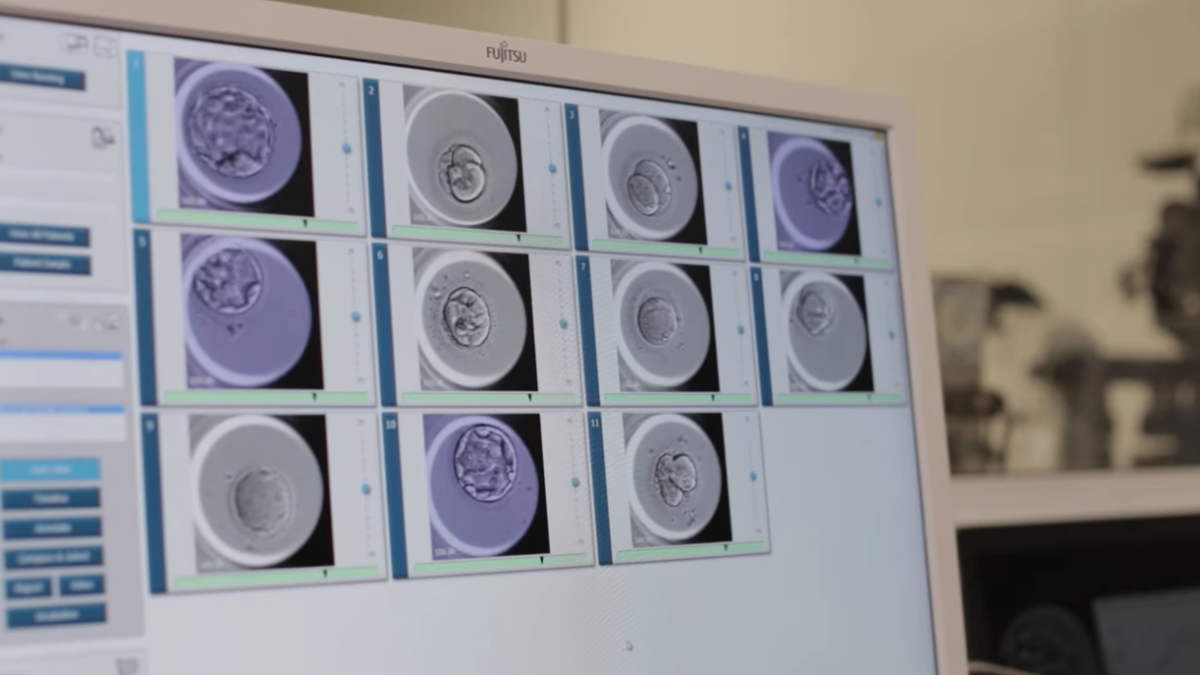
The New England Journal of Medicine has published a paper that argues since sex designations on birth certificates could emotionally hurt transgender and intersex people, the information should not appear on the document.
The premise behind the idea is that “assigned sex” should appear “below the line,” allowing it to be used in vital statistics but not identify the individual on the document itself. The argument is built on claims the Supreme Court has determined sex distinctions are no longer relevant and there is no useful clinical purpose to them.
The authors of this paper further argue that the best solution is to remove all acknowledgment of a person’s sex altogether. This should be done with passports and other identifying documents since the LGBT left sees no purpose in legally identifying sex at birth for anyone, when all that matters to them is gender identity.
Making gender identification optional would allow gender-nonbinary people—those who argue they belong to neither sex nor any gender—to more easily manage their personal legal documents. The medical professionals who wrote this paper also claim that “Assigning sex at birth also doesn’t capture the diversity of people’s experiences.”
In 2016 the Williams Institute found that about 1.4 million American adults identify as transgender, with a percentage ranging from 0.4 percent to 0.6 percent nationally. According to The New York Times in 2015, 135,567 people have changed their name to one of the opposite sex in the 80-year history of the Social Security Administration. Only 30,000 people have changed their sex designation on Social Security documents.
Between 2002 and 2013, people were required to have fully transitioned in order to change their sex on official records, but after 2013 the Social Security Administration ended that requirement. The American Society of Plastic Surgeons (ASPS) reported 3,256 surgeries in 2016, with only 0.5 percent being genital or “full” transition surgery. The majority of surgeries were to change the structure of the chest, for both men attempting to look like women and women attempting to look like men.
ASPS reported 15 operations that year for men identifying as women that involved their genitals and zero for women identifying as men. A 2019 comprehensive report studying sex-change surgeries found that, across all transgender categories, genital surgeries accounted for 4 to 13 percent. Without a further breakdown into the types of operations, the 2019 ASPS report lists the number of sex-change surgeries at 10,985.
Essentially, the demand for physically changing the body to match one’s claimed gender identity, while growing each year, is minuscule in comparison to the transgender population. This appears equally true in efforts to legally change one’s name and sex markers on legal documents, despite legal channels available for doing so. There simply does not seem to be a genuine need within the transgender community for changing or removing people’s sex designation on official documents.
The term “intersex” is an umbrella category describing a range of congenital disorders that can affect sex-characteristic development. This trait is seen in about 0.018 percent of the population. Conditions such as De La Chapelle syndrome, for example, will result in a physical male having two X chromosomes. The condition is usually diagnosed around age 20 and is associated with infertility.
There are only 200 known cases of the disorder. Klinefelter syndrome is another chromosomal disorder in which a male has an extra X chromosome, or is XXY. This also results in infertility. This is more common, affecting 1 in 650 newborn boys, but it does not manifest genital or secondary sexual ambiguity.
Other conditions debated as potentially belonging under the intersex category, such as Congenital Adrenal Hyperplasia, affect the adrenal glands, most negatively affecting girls. Newborn girls with this condition may have genitalia that resembles that of newborn boys, and amount to 1 in 15,000 births.
Overall, the chances that a baby’s “assigned sex at birth” will conflict with his or her adult gender identity is remarkably low. Why would it be necessary to change a process that works just fine for 99.9 percent of the population to potentially reduce the emotional discomfort of a tiny fraction?
Even less of the transgender and intersex population actively seek to change this information. Since changing any legal document, something common for newly married couples, is always tedious, asking the few transgender people who may qualify to do so also isn’t especially compelling of a concern.
What we are seeing is an effort to deprioritize the facts of biological sex to accommodate an incredibly tiny and unrepresentative number of transgender activists. In comparison, for example, color-blindness affects about 4.5 percent of the population. It isn’t necessary to redesign all traffic lights across the nation to accommodate this population.
It is compassionate to provide reasonable accommodation to assist people born with various disorders to more easily enjoy daily life, but we do not insist on a universal change that affects everyone in order to achieve it. Only transgender activists seem to feel entitled to impose their worldview onto the rest of society.
Besides the common-sense understanding that the overwhelming majority of people are born with an obvious and functioning biological sex, it is equally as obvious to note the medical importance of sex designation. Men and women have strikingly different health-care needs and proper medical distinction can be life-saving.
As Wesley J. Smith noted in a National Review article on this topic, “Publishing ideological advocacy in what is supposed to be a journal that primarily publishes objective scientific information contributes to the growing public distrust of the science sector.” It is OK to say no to this kind of nonsense.









